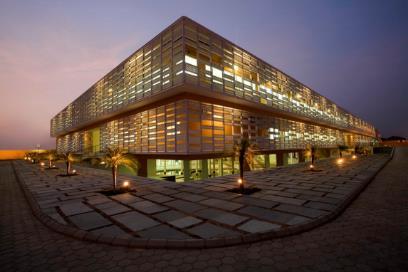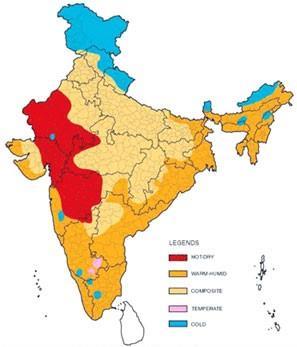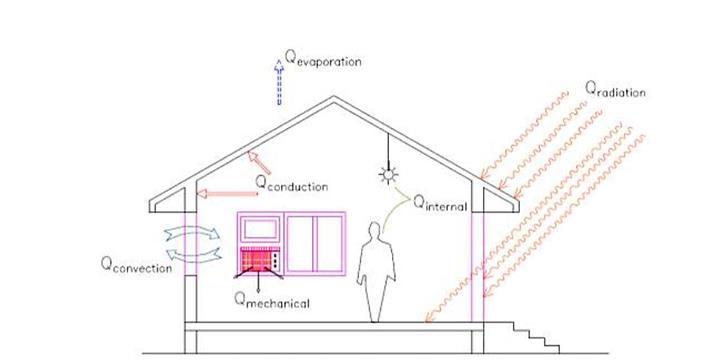•
Earth coupling
•
Reflection of radiation.
•
Varied responses are required for hot and dry climate zone depending on local conditions and the microclimate of a given site.
•
Maximize the indoor−outdoor relationship and provide outdoor living spaces that are screened, shaded and rain protected.
•
Maximize convective ventilation with high level windows and ceiling or roof space vents.
•
Zone living and sleeping areas appropriately for climate — vertically and horizontally.
•
Locate bedrooms for sleeping comfort.
•
Design ceilings and position furniture for optimum efficiency of fans, cool breezes and convective ventilation.
•
Locate mechanically cooled rooms in thermally protected areas (i.e., highly insulated, shaded and well-sealed).
ARRANGEMENT Where the climate provides cooling breezes, maximizing their flow through a home when cooling is required is an essential component of passive design. Unlike cool night air, these breezes tend to occur in the late afternoon or early evening when cooling requirements usually peak.
Cool breezes work best in narrow or open plan layouts
27









